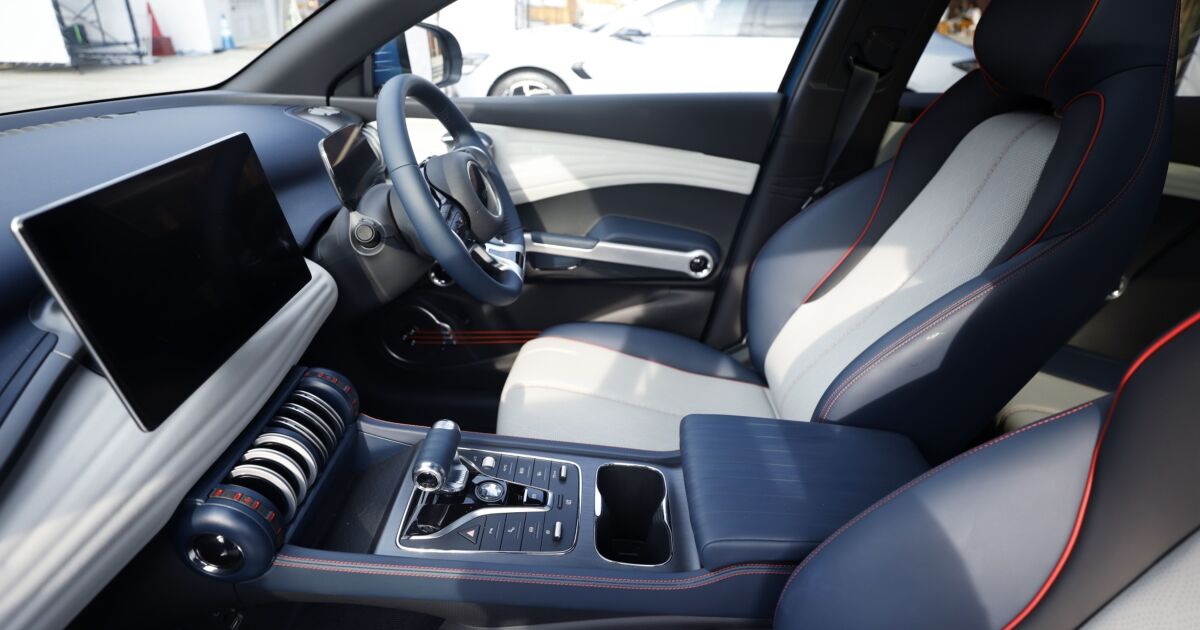How to unlock more value with a telematics program

With escalating regulatory pressures and rapid tech innovation taking off in the insurance industry, telematics offers a real opportunity for insurers to gain a competitive advantage.
So why does the industry struggle so much putting profitable telematics offerings in place?
For many insurers, it starts and ends with a discountreward based on a telematics score. Unfortunately, most of them are unable to provide highly personalized products because they do not have an effective way to operationalize telematics data and unlock the true value of their telematics programs. This means insurers limit themselves to the use cases we are all familiar with, like safe driving scores for which drivers get a better rate and mileage-based programs that secure better rates for drivers that drive less.
There are two main ways to implement telematics: On-Board Diagnostic II (OBD II) and app-based. Essentially, it is hardware versus software, and each has its pros and cons. OBD II requires a piece of hardware that sits in the user’s car or through a transponder, that is inserted into the console. It is the more dependable solution for capturing mileage data and crash data, as well as the least intrusive for the driver’s experience because it is installed and runs in the background. However, OBD II only identifies the car not the driver and is expensive for the user.
App-based solutions drive significantly higher adoption because the delivery platform is already owned by the customer – only an app download is needed on their mobile phone – and it can be easily updated with the latest technology. Furthermore, it’s less expensive for carriers, who don’t have to pay the data rates associated with OBD II.
However, one of the biggest advantages of an app is that it also captures distracted driving events – on connected cars too – because the phone must physically be in the driver’s possession. Distracted driving has emerged as a top priority for insurers – particularly with inexperienced drivers. More than 3,000 people die per year due to distracted driving, according to the CDC.
By 2025, Nationwide forecasts that seven out of 10 new auto insurance customers will agree to policies that allow telematics to be installed on their phones and record driving behavior. There are tremendous advantages for drivers. Parents of young drivers can track how their children are driving. Engagement packages, which reward drivers for safe driving with coupons or other prizes, are increasingly becoming popular as insurers gamify the experience for drivers. And, some apps can detect accidents, which simplifies the claims process – and anyone who has had to deal with the trauma after an accident knows how welcoming that is.
Without the right solution, however, telematics success will be elusive.
Building for telematics success
Done right, telematics can be the solution insurers need to transition to the desired future, allowing them to use sophisticated, individualized offers based on far more accurate data coming from their telematics program. This promises to create a customer experience that delights – and how often has that been said in the insurance world?
To create a telematics solution that works, insurers need to:
Embed telematics data into every aspect of their operations – Data is the heartbeat of every successful solution, so to succeed in a telematics program you must start by gathering driver data into your operational systems. By leveraging this data, insurers can transform the entire operations from underwriting to pricing, risk mitigation and claims.Gain control on the driving risk scores – While a telematics program will typically include a starter model built on large datasets, insurers must learn from their specific book of business and claims history and be able to adjust these models in a fast and effective way. This is super important if you want to apply different score models to different driving groups – for example young driver scores can have a higher impact for phone distraction scores. Use telematics as an engagement tool – Providing a UBI plan (essentially a plan that offers incentives for good driving) is just one way to get telematics data. An engagement telematics module is a more advanced way to get to know your customers better and to communicate with them during their lifetime with the insurance company. Examples of engagement can be coaching tips, rewards for good driving practices, competitions and more. Use telematics for Digital FNOL (First Notice of Loss) and Crash Detection & Reconstruction – This will enable insurers to collect telematics data, reduce claims costs in a significant way, and improve customer satisfaction, even if the customer does not use any telematics-based insurance programs.Create personalized insurance products – Integrating telematics, demographic, and business data, means insurers can offer customers real-time, competitively priced, personalized insurance packages. For example, noticing a driver is driving a lot at night can be a good reason to offer an add-on for 24-hour road assistance. Generate new revenue streams – Telematics can be used very effectively for cross-selling, upselling, and creating contextually relevant offers. The raw data collected can show things such as when a customer has purchased a pay-as-you-drive plan, and it has just expired while they are driving. Armed with that information, insurers can automatically message the customer and offer to extend the policy coverage – a prime example of offering the customer exactly what they need, exactly when they need it.
Insurers looking to differentiate must find a way to start using telematics quickly to capitalize on the significant opportunities across the customer journey. Telematics makes customer acquisition and retention smoother and less costly. With new customers it helps them feel cared for and appreciative of an insurer meeting their personalization expectations. Existing customers are more likely to report higher satisfaction rates and greater convenience, both of which increase the likelihood that customers stay for the long run.



